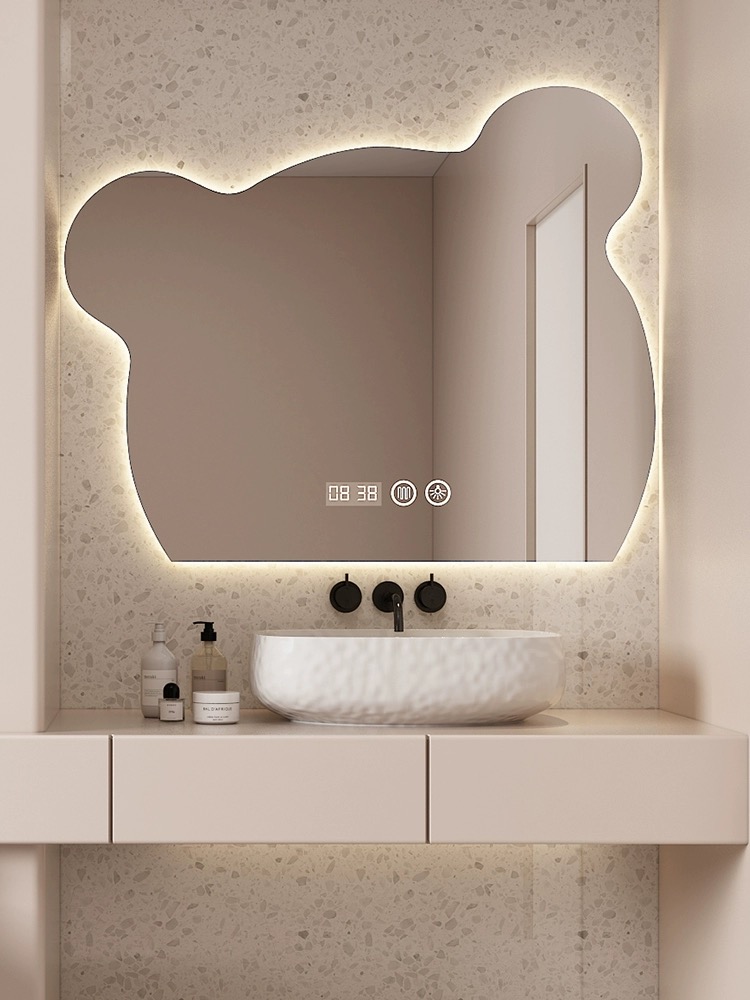

Understanding Slumping Float Glass A Blend of Art and Technology
Slumping float glass is a fascinating material that sits at the intersection of artistry and advanced manufacturing technology. Specifically, it refers to the process where flat float glass is heated and then molded into various shapes, allowing for a wide range of applications in artistic creations, functional designs, and architectural elements. This transformation of float glass, originally designed for its smooth, flat surface and optical clarity, opens up exciting opportunities for both artists and designers.
What is Float Glass?
Float glass is a type of flat glass that is produced by floating molten glass on top of molten tin. This manufacturing process results in a flat, smooth surface and uniform thickness, making it an ideal choice for windows, mirrors, and various architectural applications. It is known for its excellent optical quality and clarity. However, as versatile and useful as it is in its original form, float glass can be further manipulated to create visually stunning and functional pieces through the slumping process.
The Slumping Process
The slumping process involves heating the glass to a specific temperature where it becomes soft enough to be molded. Typically, float glass is heated to temperatures around 1100 to 1300 degrees Fahrenheit (about 600 to 700 degrees Celsius). At this elevated temperature, the glass can be manipulated into different shapes using molds made from materials such as ceramic or steel.
Once the glass is in the mold, it is gradually cooled – a process known as annealing – which helps to relieve internal stresses and results in a durable finished product. This technique allows artists to create unique sculptures, decorative items, and architectural elements with captivating forms that traditional flat glass cannot achieve.
Applications of Slumped Float Glass

Slumped float glass is used in a multitude of applications, spanning both artistic and functional designs. In the realm of art, glass artists take advantage of the slumping process to create stunning sculptures and installations that play with light and form. The fluid shapes resulting from slumping can evoke natural elements, such as waves or flowing fabrics, adding an organic feel to contemporary art.
Beyond artistic applications, slumped float glass is also utilized in architectural contexts. Designers integrate slumped glass elements into building facades, skylights, and partitions to provide visual interest while maintaining structural integrity. Its ability to bend light and create shadows enhances the aesthetic experience within spaces, turning ordinary environments into extraordinary ones.
Advantages of Slumped Float Glass
One of the standout advantages of slumped float glass is its aesthetic versatility. The range of shapes and forms created through slumping can be tailored to fit any design vision, making it a popular choice among architects and designers who seek to elevate their work with unique glass elements. Furthermore, the process preserves the inherent qualities of float glass, such as its durability and optical clarity, ensuring that the final product is not only beautiful but also functional.
In addition, the environmental footprint of glass production is minimal compared to many other building materials. Glass can be recycled, and slumped float glass can often incorporate recycled content, aligning with sustainable design principles and practices.
Conclusion
Slumping float glass represents an innovative fusion of art and technology, offering both creative possibilities for artists and functional solutions for designers and architects. As techniques and technologies continue to evolve, the potential applications and artistic expressions of slumped float glass will only expand, solidifying its place as a dynamic material in the modern design landscape. Through this exploration of slumping float glass, we see how traditional materials can be reimagined to create beauty and functionality in our world.